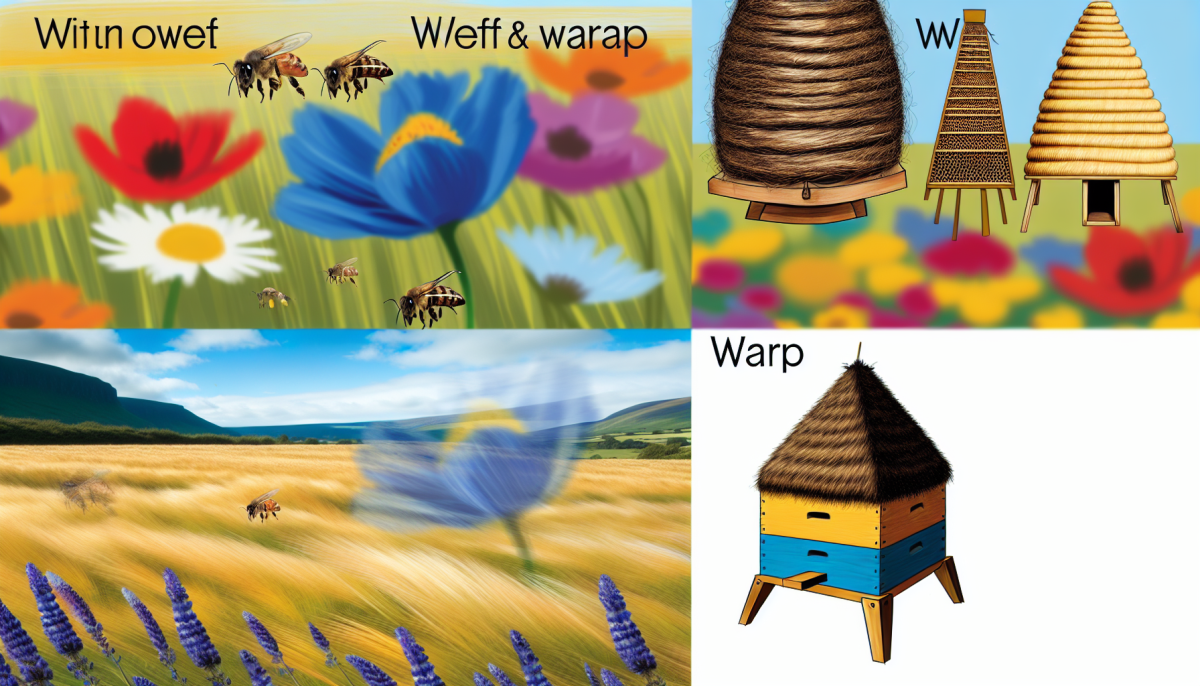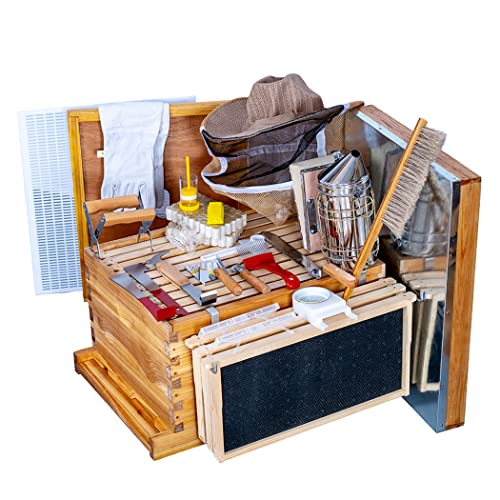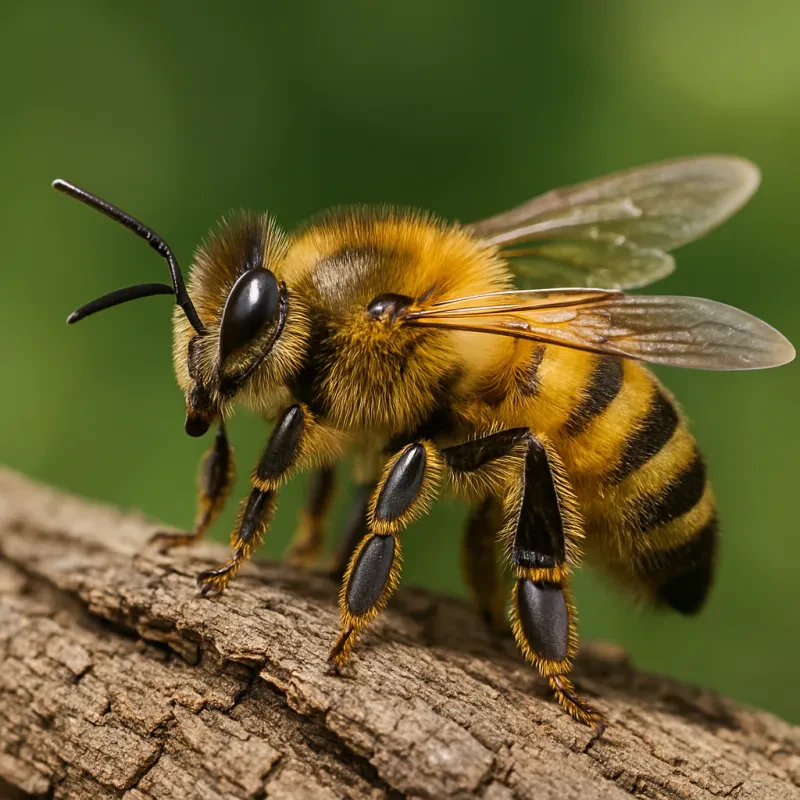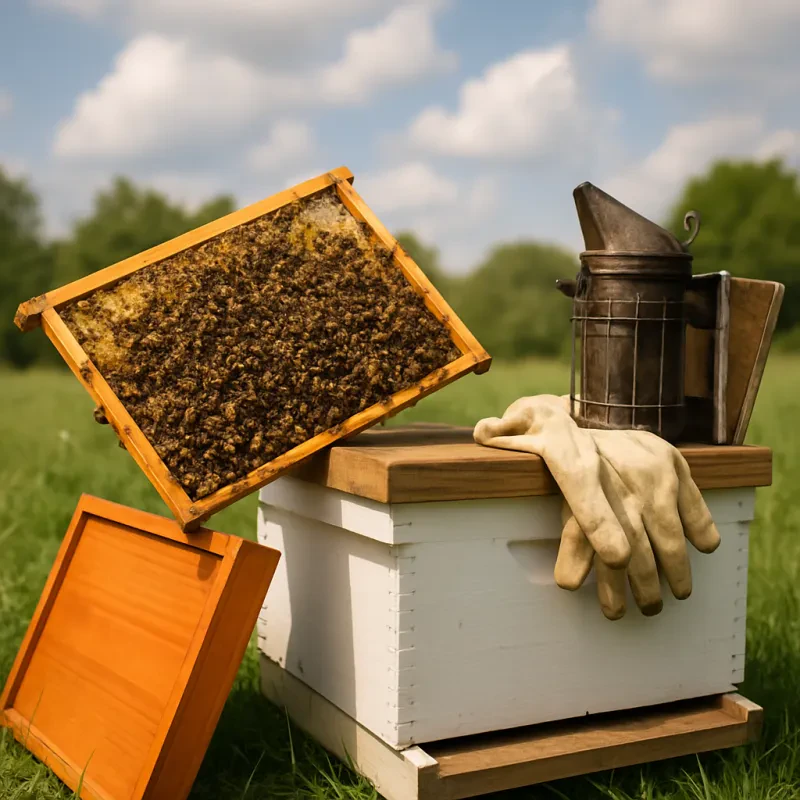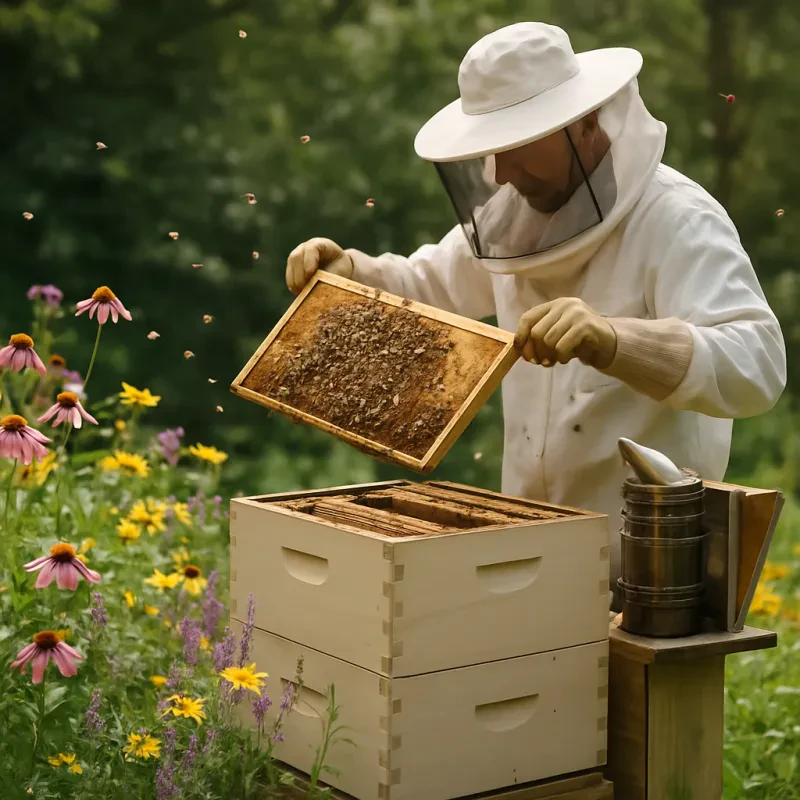$149.99
4.37 out of 5 starsMayBee 10-Frame Beehive Starter Kit with Beekeeping Veil
Experience the full Beekeeping journey with our MayBee 10-Frame Beehive Starter Kit equipped with a reliable Beekeeping Veil
Product information
Product Review Score
Product links
In the realm of agriculture and environmental conservation, the bee hive company stands as a vital contributor. These companies not only produce honey but also play a crucial role in pollination, thereby supporting the ecosystem. At the core of their operations lie different types of beehives, each with unique characteristics and benefits. Let's delve into this world of buzzing activity and explore the diverse types of beehives utilized by these companies.
Langstroth Beehive
The Langstroth hive, named after its inventor Reverend Lorenzo Lorraine Langstroth, remains one of the most popular choices for beekeeping worldwide. Its design features vertically hanging frames, which allow bees to build their comb along the frames' edges. This modular design facilitates easy inspection and management of the hive. The Langstroth hive comes in various sizes, from single-deep to multiple boxes, accommodating the colony's growth. Additionally, its standardized dimensions enable compatibility with other equipment, such as honey extractors.
Top-Bar Bee Hive
Unlike the Langstroth, the top-bar hive follows a horizontal design. This hive type features bars laid across the top, providing bees with a guide to construct their comb. Top-bar hives offer simplicity and cost-effectiveness, making them an attractive option for hobbyist beekeepers and those in developing regions. While they may not yield as much honey as Langstroth hives, their ease of management and natural comb-building process appeal to many bee enthusiasts.
Warre Bee Hive
The Warre hive, also known as the "vertical top-bar hive," derives its name from French beekeeper Abbé Émile Warré. This hive emphasizes minimal intervention and mimics the natural habitat of bees. It consists of stacked boxes, with each box acting as a "super" where bees can build their comb. Beekeepers add new boxes to the bottom as the colony expands, allowing bees to move upward and maintain their brood nest at the top. The Warre hive promotes a hands-off approach, making it suitable for beekeepers seeking a more naturalistic beekeeping experience.
Flow Beehive
Revolutionizing traditional beekeeping, the Flow Hive offers a novel approach to honey extraction. Invented by father-and-son duo Stuart and Cedar Anderson, this hive incorporates specially designed frames with preformed honeycomb cells. When the frames are activated, bees fill the cells with honey, and with a simple turn of a lever, the honey flows out into a collection jar. The Flow Hive eliminates the need for disruptive extraction methods, such as centrifuging or cutting comb, making harvesting honey a less intrusive process. While initially met with skepticism, the Flow Hive has gained popularity among beekeepers worldwide for its convenience and bee-friendly design.
Horizontal Beehive
Horizontal hives, as the name suggests, feature a horizontal layout similar to top-bar hives. However, they often incorporate elements from other hive designs, such as Langstroth or Warre principles. Horizontal hives provide beekeepers with flexibility in managing colonies while promoting natural bee behavior. With variations in size and construction, horizontal hives cater to different beekeeping preferences, whether for honey production, pollination services, or conservation purposes.
Kenyan Top-Bar Bee Hive
Originating from traditional African beekeeping practices, the Kenyan top-bar hive offers simplicity and affordability. It features sloped bars along the top, providing bees with a guide to construct their comb downward. This hive design minimizes the need for heavy lifting during inspections, making it accessible to beekeepers of all ages and physical abilities. Kenyan top-bar hives are prized for their low cost of construction and ease of maintenance, making them a popular choice in regions with limited resources.
Skep Beehive
Historically significant, the skep hive represents one of the earliest forms of beekeeping containers. Made from coiled straw or grass, these domed hives provided shelter for bees but lacked the removable frames found in modern hives. While largely obsolete due to their inefficiency and difficulty in hive management, skep hives hold cultural significance and serve as a reminder of beekeeping's ancient roots.
In conclusion, the bee hive company operates within a diverse landscape of hive types, each offering distinct advantages and catering to different beekeeping philosophies. Whether prioritizing honey production, sustainability, or simplicity, beekeepers have an array of options to suit their needs. From the classic Langstroth hive to innovative designs like the Flow Hive, the world of beekeeping continues to evolve, driven by a shared commitment to supporting bee populations and preserving nature's delicate balance.
Buy your Beehive Now !
$149.99
4.37 out of 5 starsMayBee 10-Frame Beehive Starter Kit with Beekeeping Veil
Experience the full Beekeeping journey with our MayBee 10-Frame Beehive Starter Kit equipped with a reliable Beekeeping Veil
Product information
Product Review Score
Product links
